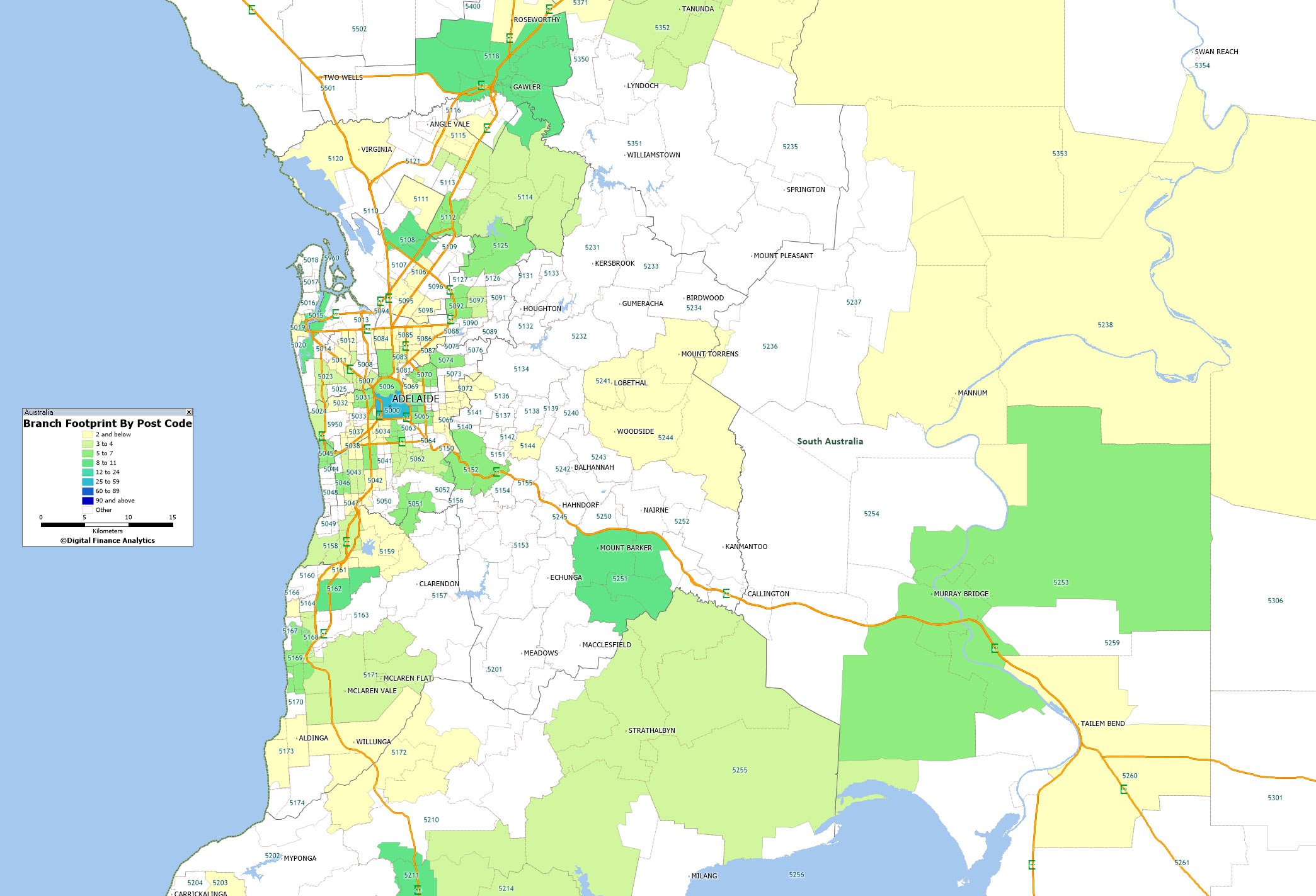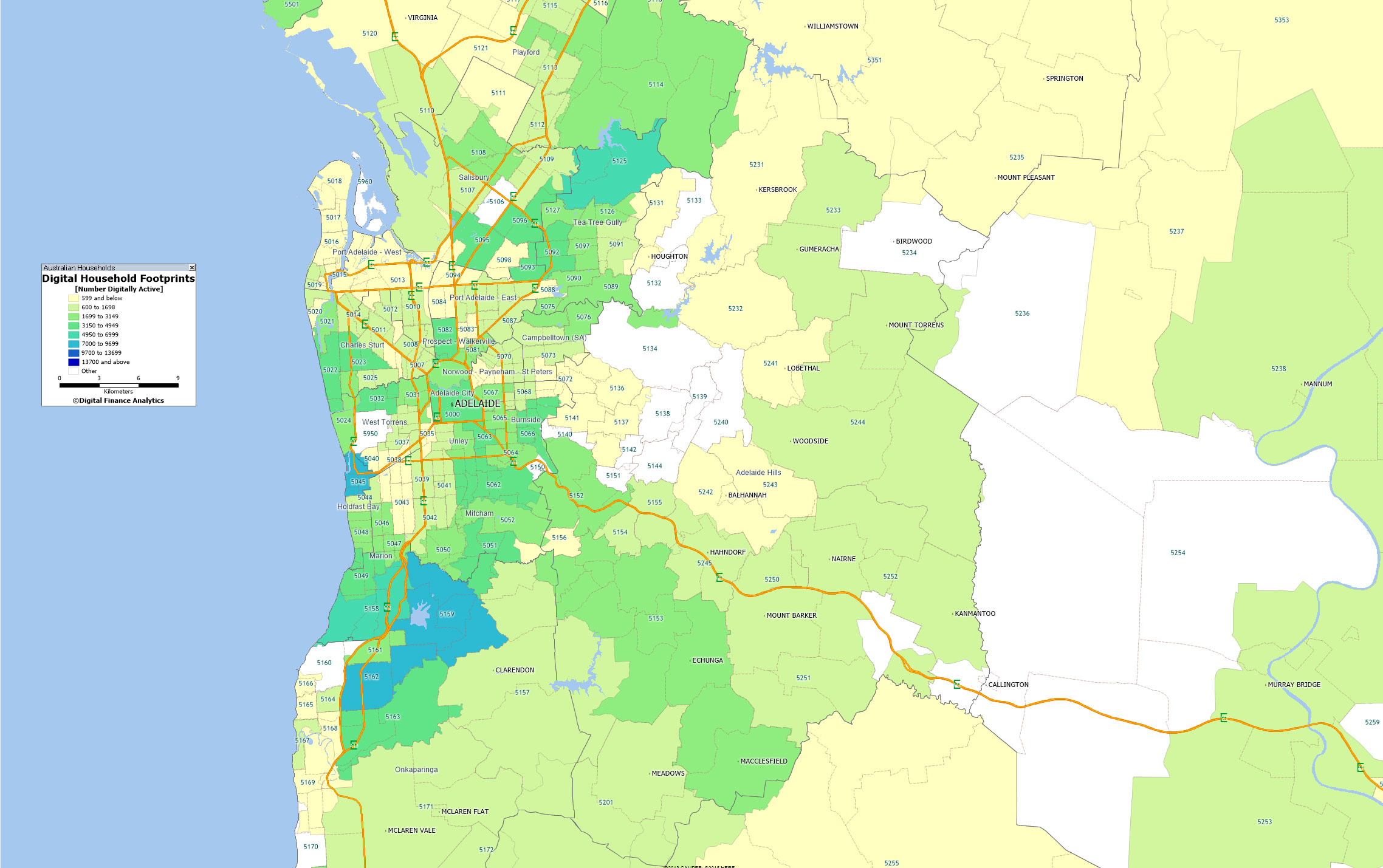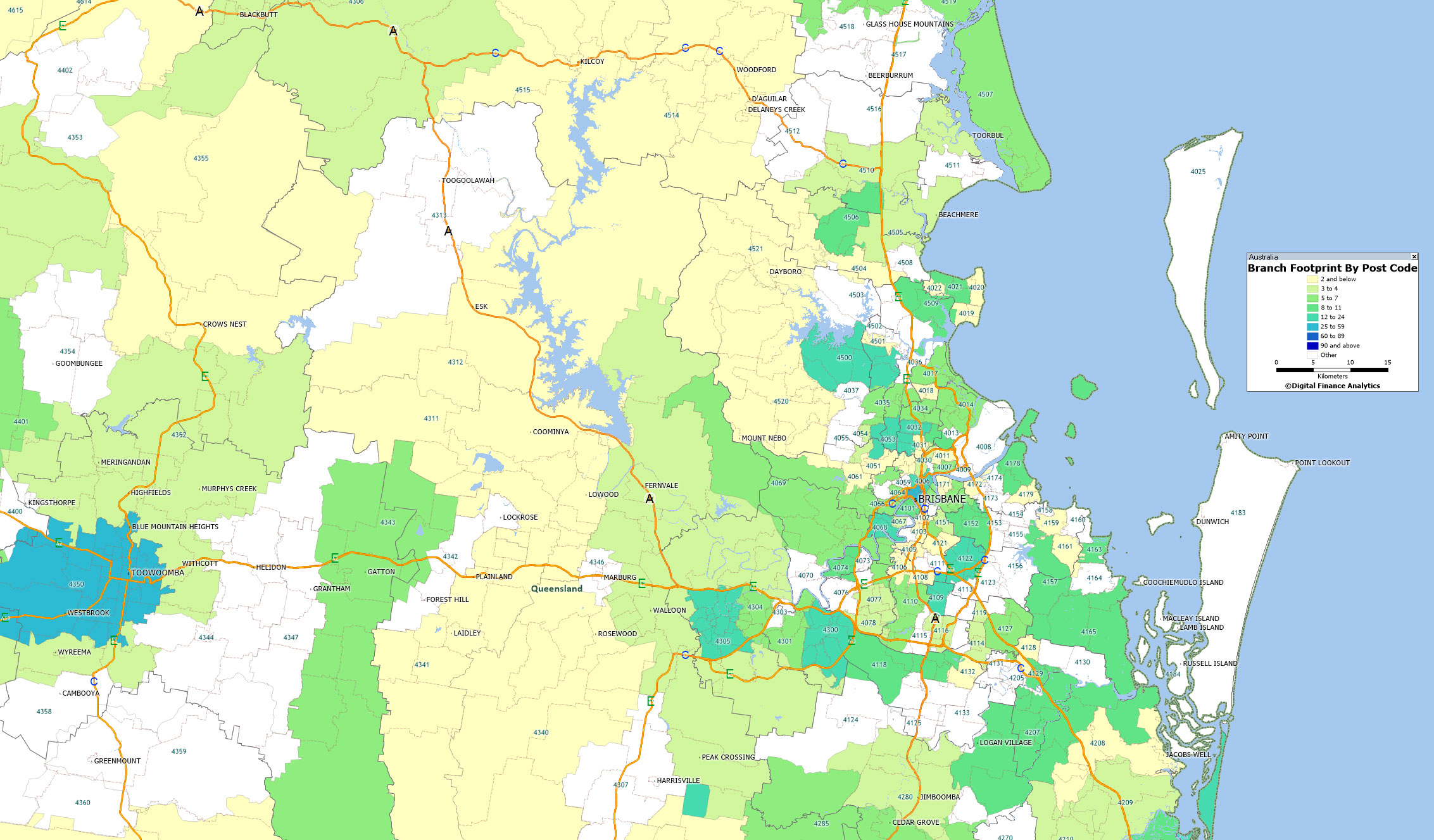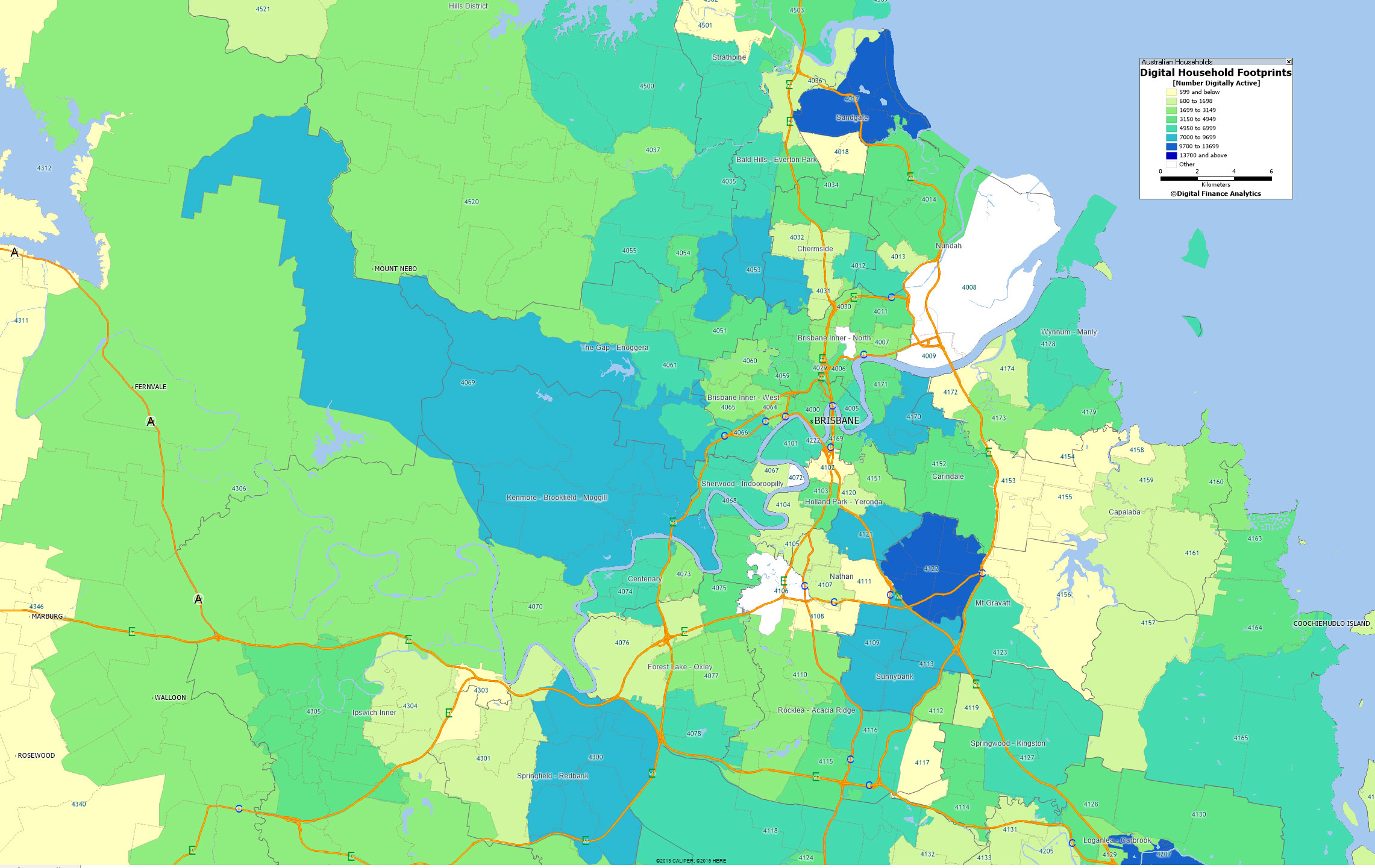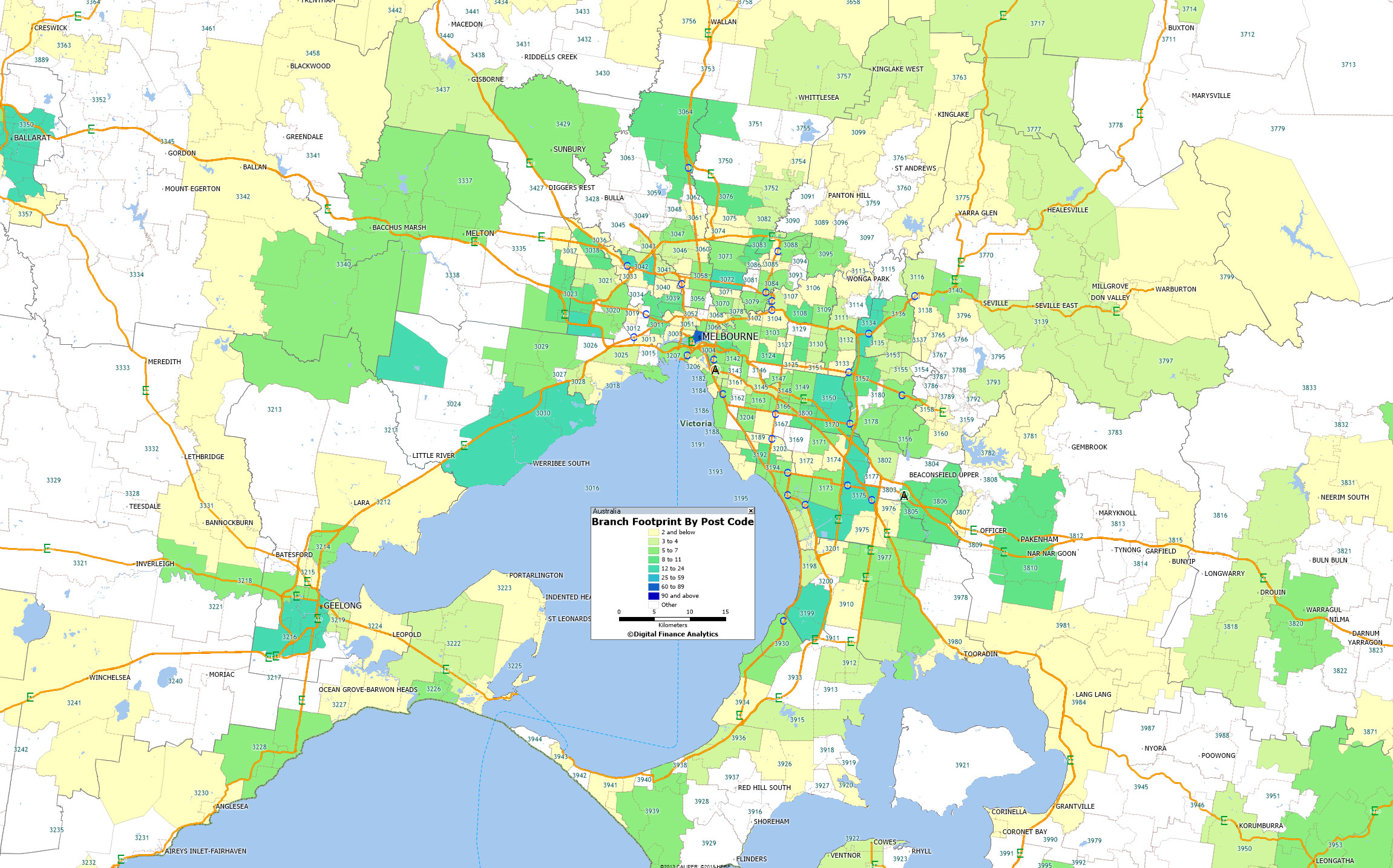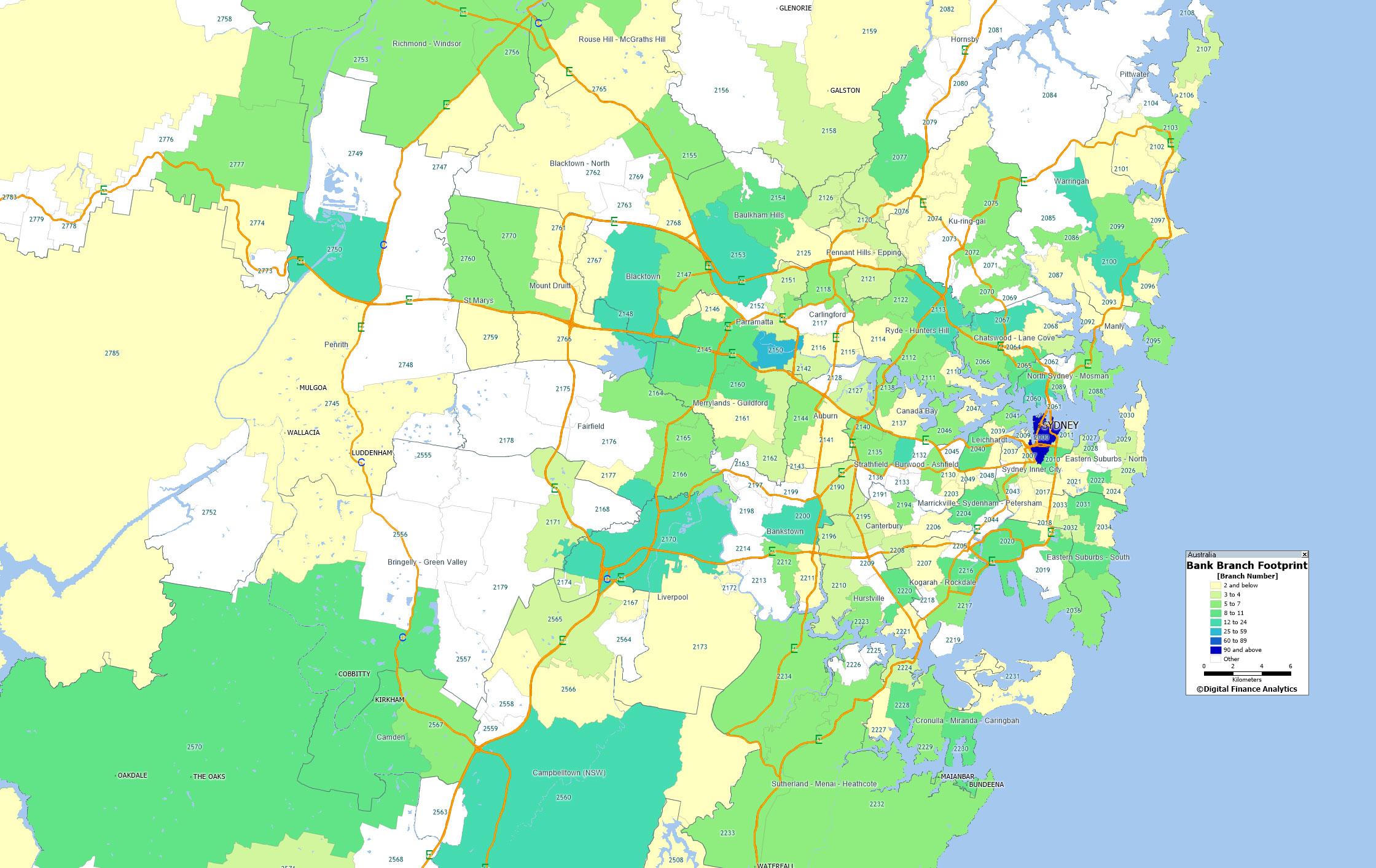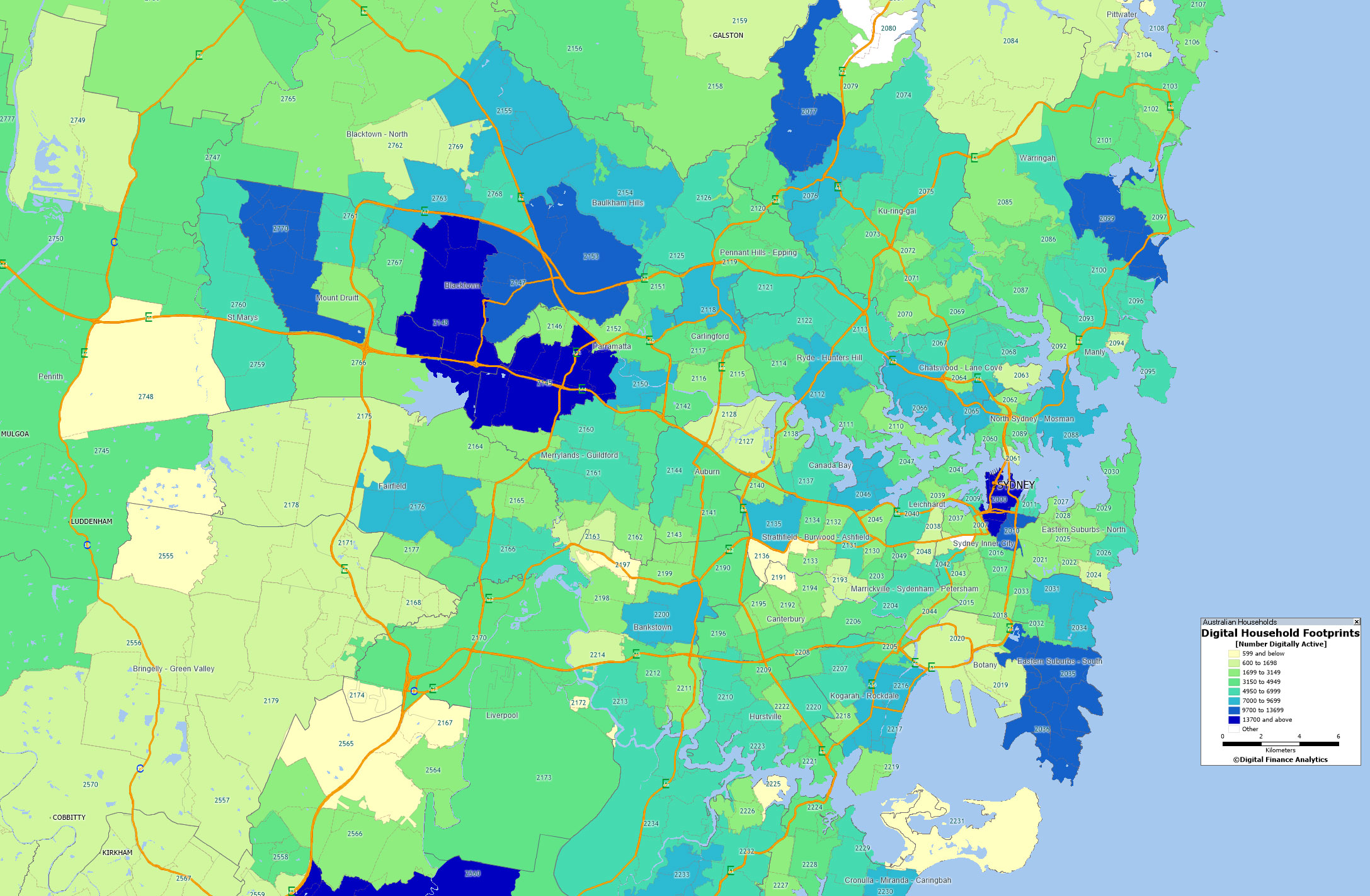New research from analysts Juniper Research, finds that over 2bn mobile users will have used their devices for banking purposes by the end of 2021, compared to 1.2bn this year globally. Growth in mobile banking is being driven by consumer adoption of banking apps the changing way consumers manage their finances.
The new research, Retail Banking: Digital Transformation & Disruptor Opportunities 2016-2021, found that the number of mobile banking logins are now exceeding that of internet banking logins in many markets. For example, the BBA (British Trade Association for Banking) announced that banking app logins in the UK reached a record 11m per day during 2015, compared to 4.3m internet banking logins during the same period.
Meanwhile, a recent Consumer Survey conducted by Juniper Research found that around 65% of mobile banking customers in the US and the UK uses an app to conduct banking services.Digital Disruption in Banking ~ What Next?
The report found that banks are becoming increasingly concerned that their market position is being undermined by tech-companies and pure-play vendors enabled by technology and regulations to enter the marketplace. For example, in the UK alone 5 new digital banks received licences or launched services so far in 2016, including Starling, Tandem, Atom, N26, and Monzo, with around 20 banks currently in talks with regulators to receive a licence.
Additionally, by 2017, banks in the EU will be compelled to open their APIs. This will result in many innovative new products that analyse (with permission) user data to create more attractive financial services for customers.
“Recent industry shifts highlight why traditional banks must respond rapidly to retain market share by cultivating new revenue channels and enhancing existing base through sustained innovation. However the challenge here for new players is to increase market share and maintain profitability in the long-run”, added research author Nitin Bhas.
The whitepaper, ‘Futureproofing Digital Banking’ is available to download from the Juniper website together with further details of the full research.
Juniper Research is acknowledged as the leading analyst house in the digital commerce and Fintech sector, delivering pioneering research into payments, banking and financial services for more than a decade.





